Life Through Bloomer's Lens: Portraits from the Richard M. Bloomer Glass Plate Negative Collection
Life Through Bloomer's Lens
Portraits from the Richard M. Bloomer
Glass Plate Negative Collection
In early 2021, the Folklife Center at Crandall Public Library acquired 24 boxes of 5x7 inch glass plate negatives taken by a turn-of-the-century portrait photographer named Richard M. Bloomer. Mr. Bloomer operated a studio in downtown Hudson Falls for 26 years–first in the Pender Block at 138 Main (1905-1912), and then in state-of-the-art accommodations in the Flood Block at 158 Main (1912-1931). During that time, he photographed thousands of everyday people and essentially created a time capsule of our community in striking black and white images.
Some of his original photographs probably survive tucked away in attics, and a few might even still grace the walls/mantels of local homes, but by this point many have likely been–to quote George Washington–“consigned to oblivion.”
This exhibit aims to give a much-deserved second life to 75 of Bloomer’s finest portraits. The selections are drawn from more than 1,000 glass plate negatives that I have had a chance to scan, catalogue and rehouse so far (with 3,000 to 4,000 more still waiting in the wings). The photographs illustrate Bloomer’s ability to capture the dignity and humanity of his subjects. Viewed through Bloomer’s lens, “ordinary” people rightfully appear as noble figures, the unsung heroes of the workaday world. Their joys and hardships mirror our own, even if their hairstyles or wardrobes decidedly do not. In these faces from 100 years ago, it isn’t hard to see something of our neighbors and loved ones.
The portraits have been arranged more or less according to the age of the “sitter,” so the exhibit can be approached from either end of the life cycle–wide eyed or worldly–and conclude with old age or infancy. Each option offers a different experience, so feel free to try either or both.
However you choose to peruse the exhibit, I hope these images move you. They represent the work of a talented artist; significant artifacts in the history of photography; a tangible part of our community’s heritage; and perhaps most importantly, a reminder of what we all share as human beings.
Kevin Rogan
January 2022
 |
 |
 |
 |
 |
 |
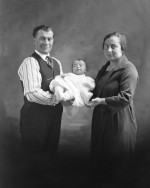 |
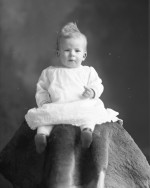 |
 |
 |
 |
 |
 |
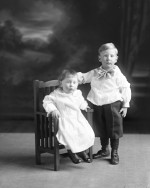 |
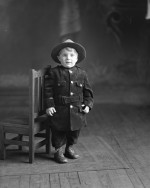 |
 |
 |
 |
 |
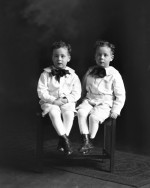 |
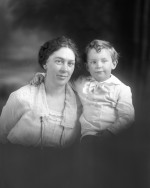 |
 |
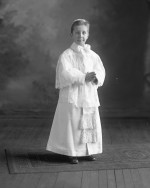 |
 |
 |
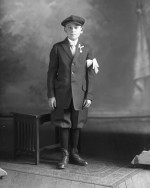 |
 |
 |
 |
 |
 |
 |
 |
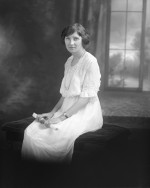 |
 |
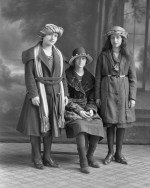 |
 |
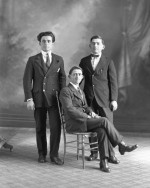 |
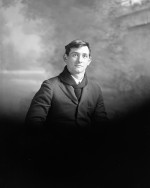 |
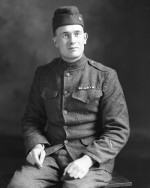 |
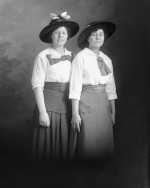 |
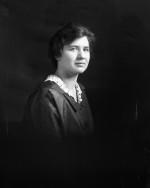 |
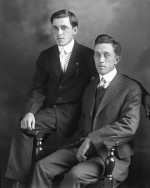 |
 |
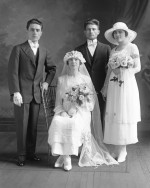 |
 |
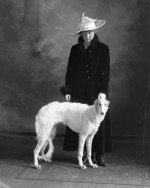 |
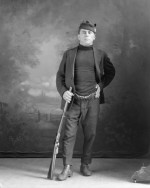 |
 |
 |
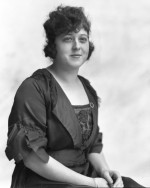 |
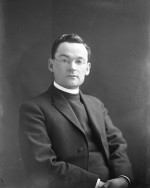 |
 |
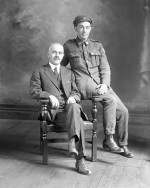 |
 |
 |
 |
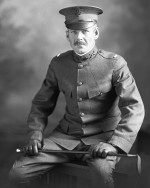 |
 |
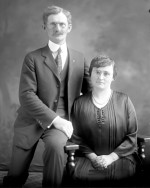 |
 |
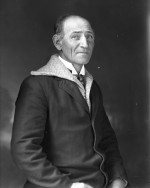 |
 |
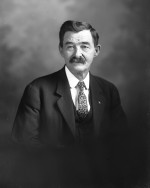 |
 |
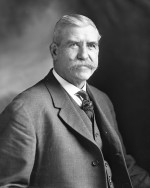 |
 |
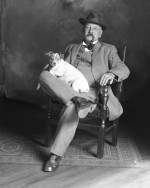 |
 |
 |
 |
 |
 |
 |
 |
 Crandall - Public Library
Crandall - Public Library
